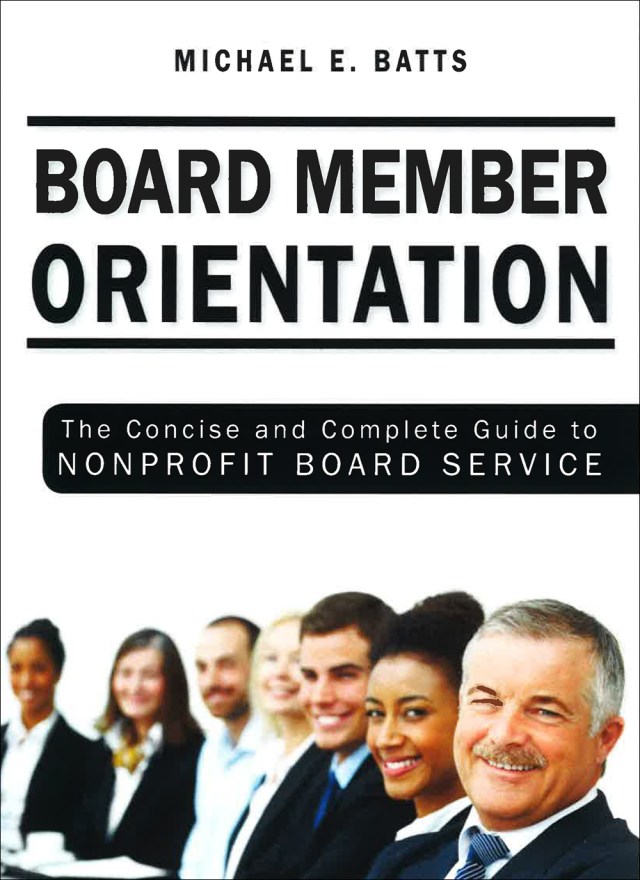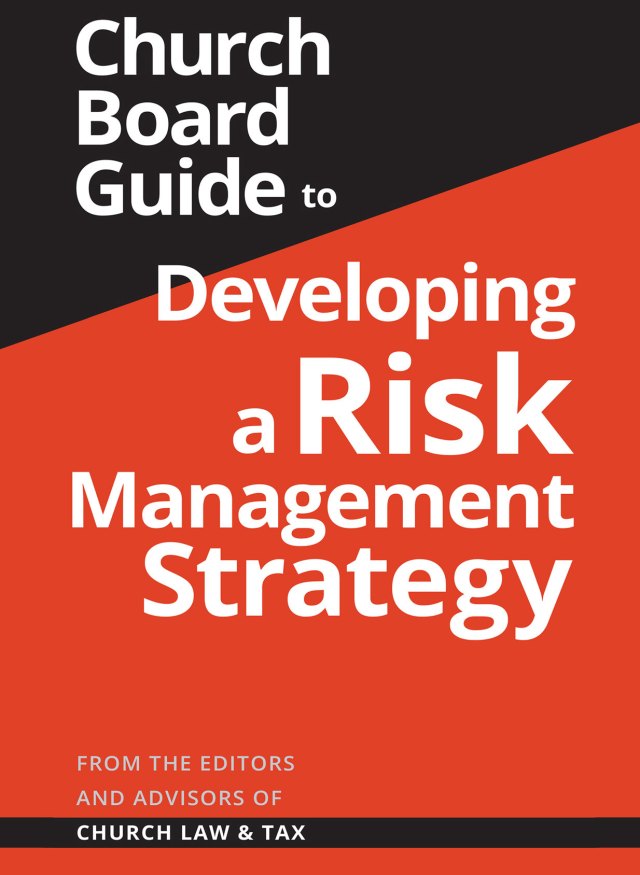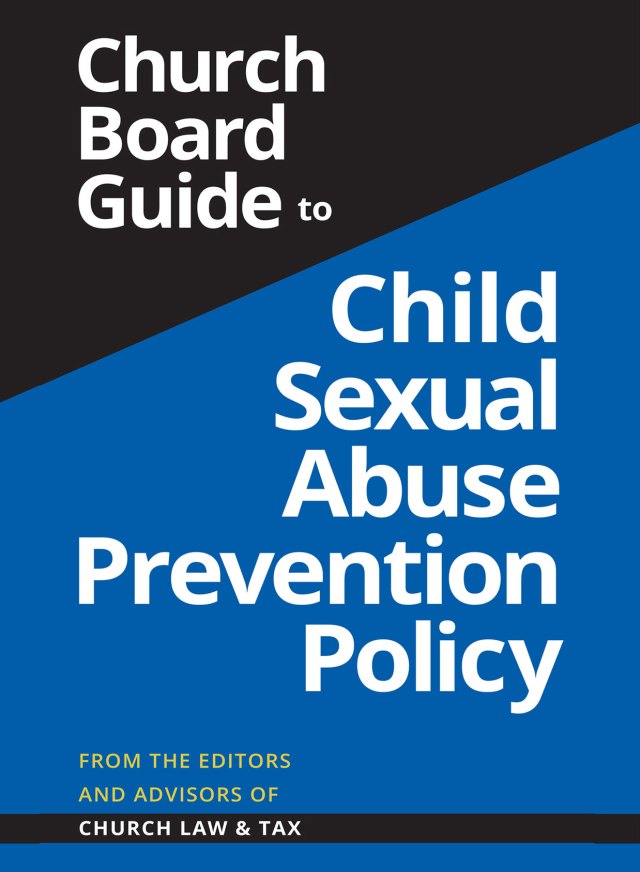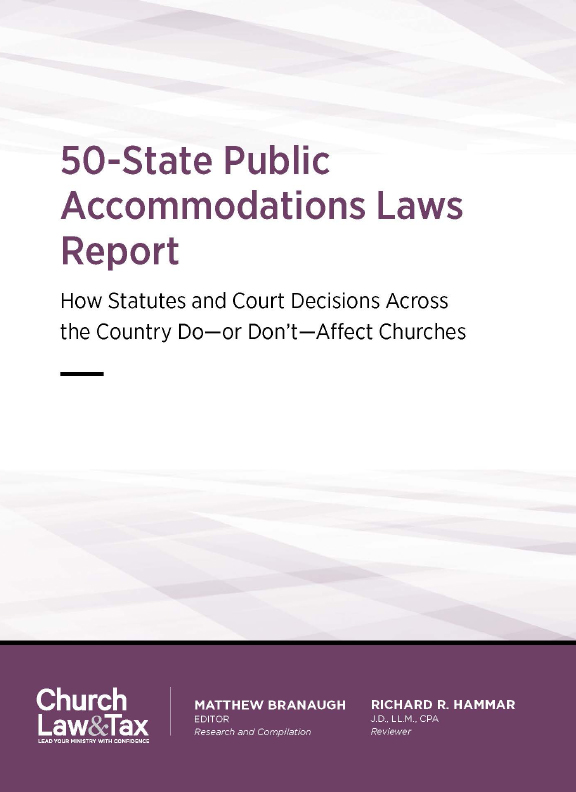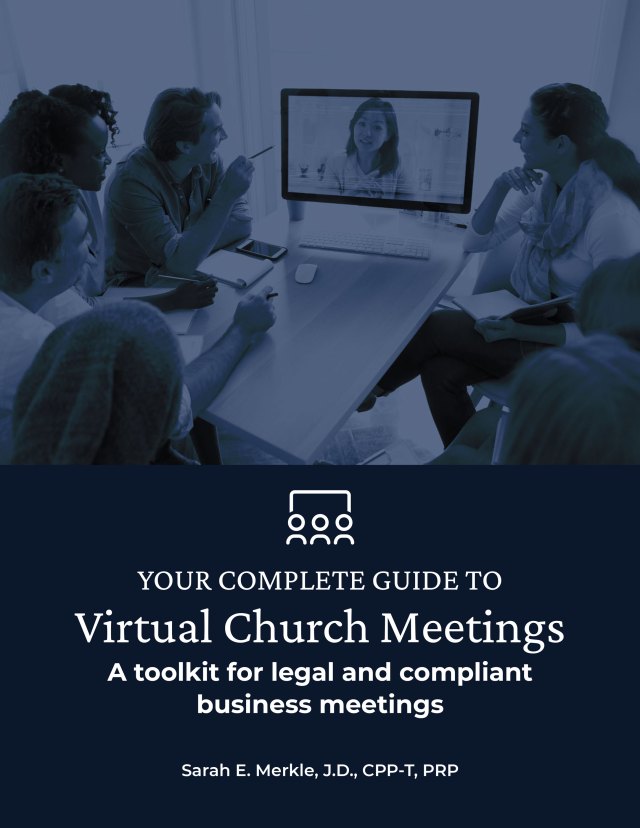• Key point 10-11. A church may be legally responsible on the basis of negligent supervision for injuries resulting from a failure to exercise adequate supervision of its programs and activities.
Negligence as a Basis for Liability
* A federal appeals court ruled that a missions board was not liable for the death of a short-term missionary who was murdered while in Somalia. An attorney (Diana) left her law practice to become a relief worker for the missions board of her denomination. She served in a number of international assignments. On a trip to Somalia, she was shot and killed. Her mother later sued the missions board, claiming that it had failed to discharge its duty to protect her daughter as she assisted in carrying out the board’s activities. Specifically, the mother claimed that the missions board was expected to provide reasonable safety and security, including “proper security assessment of the area in question, appropriate risk reduction strategies, a security management system, a program for sharing information, and training.” By way of example, the mother noted that the Peace Corps provides 12 weeks of training to volunteers before they are sent abroad. The mother insisted that there was no evidence that her daughter received “proper training and guidance” or that the missions board maintained a “reasonable safety and security support system” for its overseas workers. The missions board insisted that Diana’s murder was unforeseeable, and therefore it had no legal duty to protect her from that crime. A federal district court agreed with the missions board, and the mother appealed.
The appeals court noted that a defendant may be liable for harm caused by the criminal act of another only if the crime was foreseeable. Further, foreseeability cannot be based on generic information such as crime rates, or evidence that the defendant’s employees worked in a criminally active environment. A plaintiff is not, however, required to show previous occurrences of the particular type of harm; the requirement of foreseeability “can be met instead by a combination of factors which give the defendant an increased awareness of the danger of a particular criminal act.”
The court concluded that there was not enough evidence to have made Diana’s murder reasonably foreseeable by the missions board. It concluded, “Although there can be no doubt that Diana faced far greater risks in Somalia than she would have in a less volatile part of the world, the courts … give little or no weight to generic information regarding the dangerousness of an area.” The court acknowledged that Diana had expressed some concerns for her safety to some of her friends, but on the other hand there was no evidence that these concerns were ever transmitted to the missions board. Further, Diana noted in another email that “things seem really positive here, and I would really like to follow them up.” She later made an initial visit to Somalia without incident, and did mention any concern to her supervisor. The court concluded, “In these circumstances … [Diana’s mother] asks too much when she says that the missions board should have read these emails as a plea from a proud woman asking them to keep her from going to Somalia.”
Application. Many churches and denominations send short-term missionaries to other countries. In some cases, the assignments involve a degree of risk. This case suggests that the sending organization will not necessarily be liable for a missionary’s death or injury unless the death or injury was foreseeable, and, that “generalized” risks of danger do not amount to “foreseeability” that a particular injury will occur. On the other hand, when a church or missions board is aware of a specific risk of death or injury, then the test of foreseeability will be met and the church or missions board may be liable unless it took adequate steps to train and protect its missionaries. Workman v. United Methodist Committee on Relief of the General Board of Global Ministries, 320 F.3d 259 (D.C. Cir. 2003).
© Copyright 2004 by Church Law & Tax Report. All rights reserved. This publication is designed to provide accurate and authoritative information in regard to the subject matter covered. It is provided with the understanding that the publisher is not engaged in rendering legal, accounting, or other professional service. If legal advice or other expert assistance is required, the services of a competent professional person should be sought. Church Law & Tax Report, PO Box 1098, Matthews, NC 28106. Reference Code: m58 c0104
